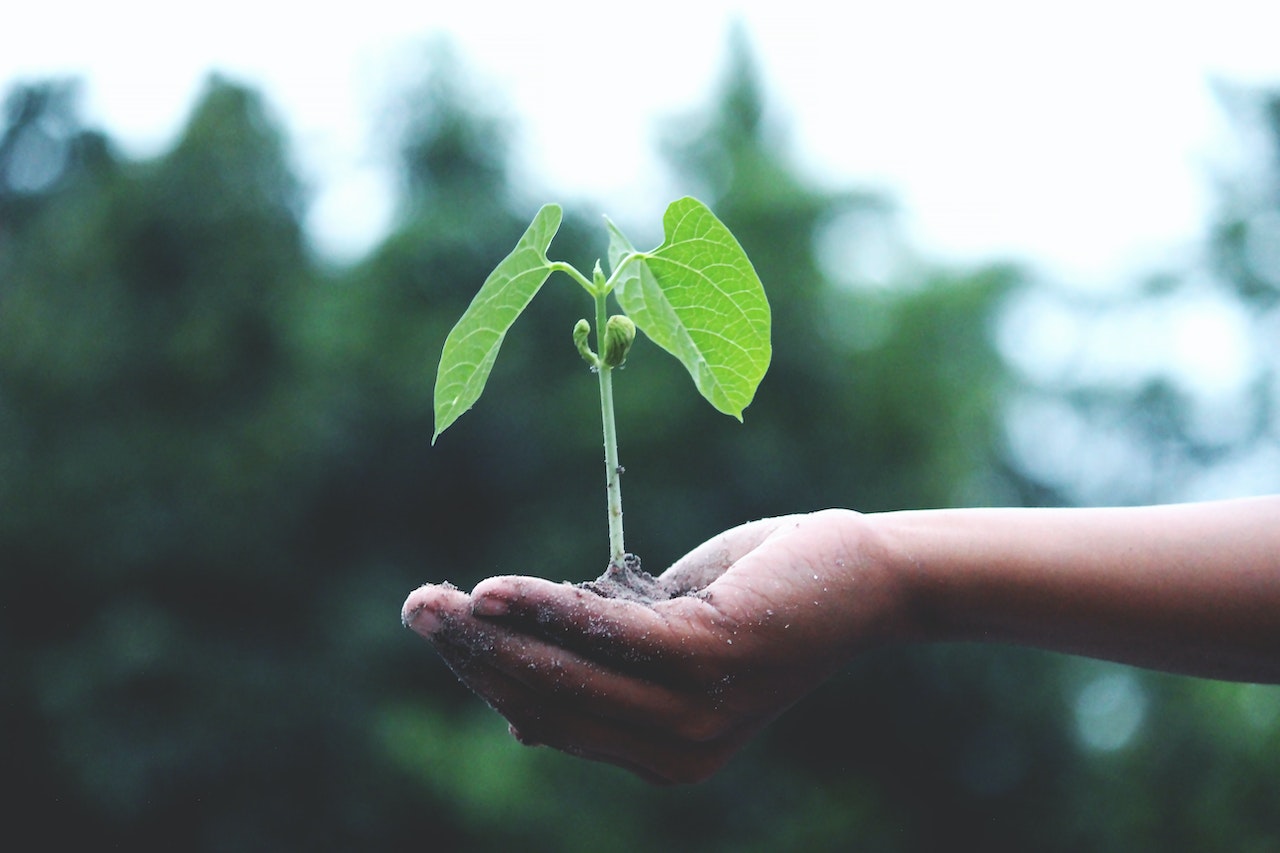This post was originally published on Sustainability Matters

A new partnership between Climate Zero and Carbon Neutral brings carbon accounting and offsets together, making sustainability gains easier for Australian businesses.
The partnership means businesses using Climate Zero’s carbon accounting software to measure, reduce and report on emissions can now also offset from the platform, making it easier for businesses of all sizes to progress their sustainability goals.
Climate Zero Managing Director Tai Lennon said the partnership reflected the company’s mission to remove barriers between businesses and net zero.
“Like anything, corporate sustainability is easier with the right tools and support. We’ve been helping businesses measure and reduce emissions for more than 15 years and now, with Carbon Neutral’s partnership, they can easily compare, choose and purchase high-integrity carbon credits and track their impact — all within our platform,” Lennon said.
Carbon Neutral CEO Phil Ireland agreed and said the partnership was a natural collaboration that made it easier for businesses to have a positive impact.
“With the ability to measure, offset and report on emissions all in one place, we’re not only removing administrative barriers but also making it easier for businesses of all sizes to take credible climate action,” Ireland said.
The partnership is said to reflect the need for a multi-faceted approach to corporate sustainability because of greenhouse gas emissions already locked into the atmosphere, requiring sequestering and nature-based regeneration.
“While reducing emissions remains the top priority to help our economy shift from depletion to regeneration, there will always be residual emissions that an organisation simply cannot reduce,” Lennon said.
“We’ve done our research and partnered with Carbon Neutral because we have seen first-hand the impact their projects are having not just to generate carbon credits but also to restore native landscapes, preserve biodiversity, return land to Traditional Owners and permanently remove carbon from the atmosphere.
“Our partnership is based on trust and integrity, because if you’re serious about reducing emissions, your offsets should be as real as your commitments.”
Image caption: Carbon Neutral CEO Phil Ireland with Climate Zero Managing Director Tai Lennon and Chief Product Officer Jess Symes.





0 Comments